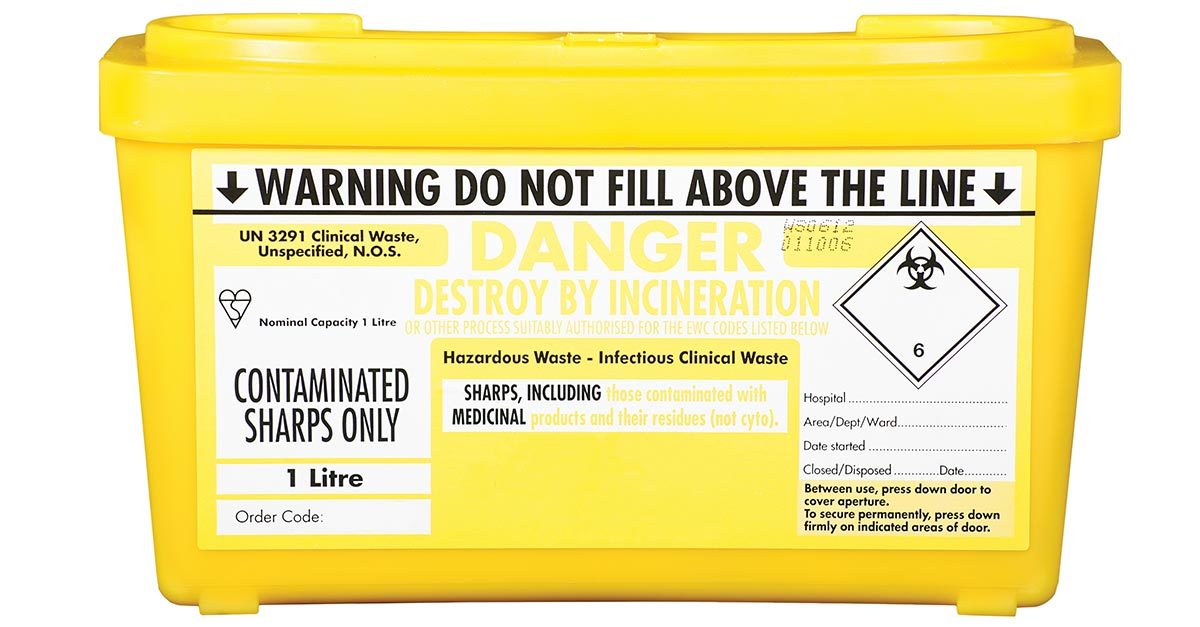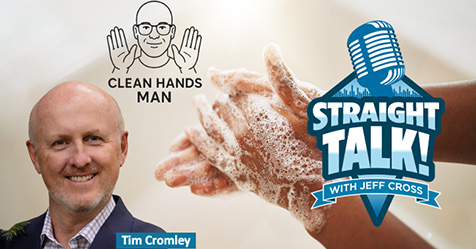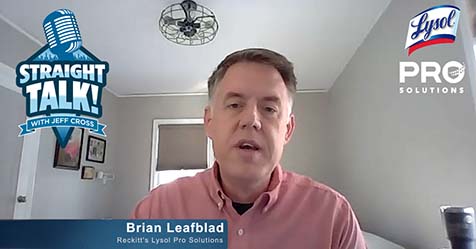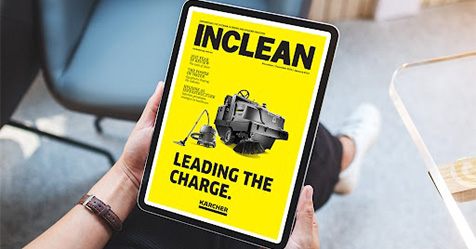In health care clinics, doctors’ offices, hospitals, and long-term care facilities, it’s not uncommon to come across containers or trash receptacles holding sharps or other hazardous waste materials. And as custodial managers, we need to be certain that all custodial staff are well prepared to handle them appropriately—both for their safety as well as the safety of others around them.
Sharps include any object that can puncture or penetrate the skin, including needles and syringes, scalpels, scissors, forceps, and other items that can cut, abrade, or puncture. Being stuck by a sharp not only puts workers in contact with drugs and other needle contents, it also puts them at risk of contracting a disease caused by a bloodborne pathogen, such as hepatitis B, hepatitis C, and human immunodeficiency virus (HIV).
Although emptying trash seems like a simple enough task, it can become dangerous when a staff member is stuck by a needle or other sharp hidden among the garbage. Here are several ways to protect your staff.
Combat Complacency
Heath care facility staff receive at least annual reminders regarding their responsibilities on the safe disposal of sharps as well as hazardous waste. Still there are numerous reports of needles and blood-soaked items found in regular trash receptacles, resulting in staff being seriously injured, stuck, pricked, or accidentally self-inoculated. Common reasons for these incidents include failure to recap sharps and improper disposal.
The U.S. Occupational Safety and Health Administration (OSHA) requires that all sharps and hazards be disposed of quickly and properly in a red or yellow sharps disposal container. The containers must be labeled as a biohazard and include the biohazard symbol and phrase.
Once full, these containers cannot be recycled. Different U.S. states require different disposal methods, such as supervised collection sites, mail-back programs, and waste pickup services. Visit the Coalition for Safe Community Needle Disposal website, www.safeneedledisposal.org, to learn the requirements in your facility’s state.
Avoid Lethargy
Sharps disposal is not only an issue in health care facilities. Restroom patrons who use sharps to treat diabetes may use a regular trash receptacle in their haste to dispose of used needles.
Custodians in all types of buildings may become so accustomed to their daily routines that they forget to watch for hazards when cleaning or dealing with trash. Every custodian needs to be aware of this possibility and take the following precautions:
- Don’t put hands, feet, or elbows in the trash.
- Use another trash can or other hard barrier to compact trash, if necessary.
- Use a cart when carrying out trash to dumpsters. At the very least, the custodian should carry the trash receptacle away from his/her body to avoid possible needle sticks or cuts.
Stay Vigilant in All Settings
We must not forget people use medications in the comfort of their home or on the go for conditions ranging from diabetes and migraines to cancer and HIV. Injected medicines can be low risk, like vitamin K, or can be quite hazardous, even radioactive. Where do these needles go? And what about other sharps like lancets and glucose meters? With that in mind, it’s possible that housekeeping professionals may find these in places like hotel room trash cans or apartment trash cans in retirement communities.
Places for home occupants to properly dispose of these high-risk items can be few and far between. Local and state governments might have a say in how sharps should be disposed, such as in drop boxes or supervised collection locations. These mandates can be a burden for many patients who don’t take the time to educate and investigate their disposal options or become confused about conflicting instructions. The situation is especially complicated in rural areas that lack community-based disposal options.
It’s best for cleaners to take caution in any environment and realize that sharps may end up in the regular trash. Sharps may also be on kitchen counters, scattered on restroom surfaces, and even in clothing hampers. Wear disposable gloves at all times when cleaning, and don’t put your hands on any surface or in any cabinet before looking first.
No matter the setting, remain vigilant when emptying trash and performing other routine cleaning and maintenance procedures. Your health may depend on it.
For more information on dealing with hazardous waste injury prevention and other employee safety issues, visit www.cmmonline.com/injury-prevention.




